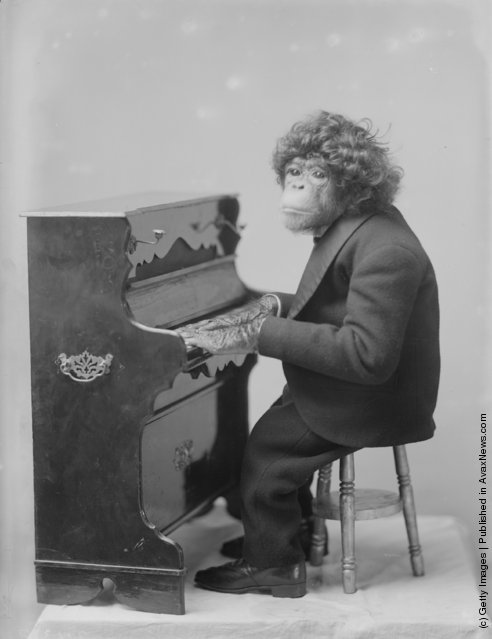27 Mar 2011 12:07:00,post received
0 comments
Details
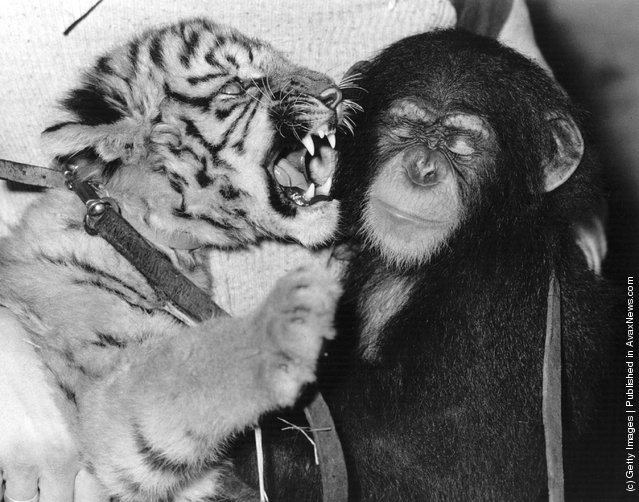
A tiger cub has a short chat with a chimp. (Photo by Ian Tyas/Keystone Features/Getty Images). 27th November 1979
01 Dec 2011 13:05:00,post received
0 comments
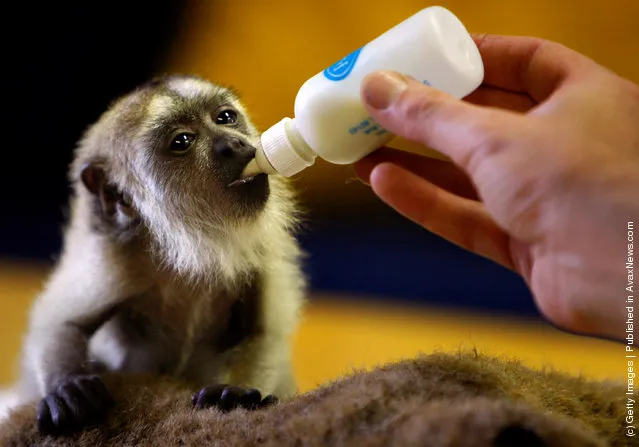
A zoo keeper feeds Diego, a three month old howler monkey, which is reared at Edinburgh Zoo, July 29, 2008 in Scotland. (Photo by Jeff J. Mitchell/Getty Images)
18 Dec 2011 11:36:00,post received
0 comments

Greetings, sickly monkeys! Do you remember about the planet Nibiru?! Confess, parasites! Listen to good music! Love you! Yours truly, Avax
18 May 2012 12:04:00,post received
0 comments
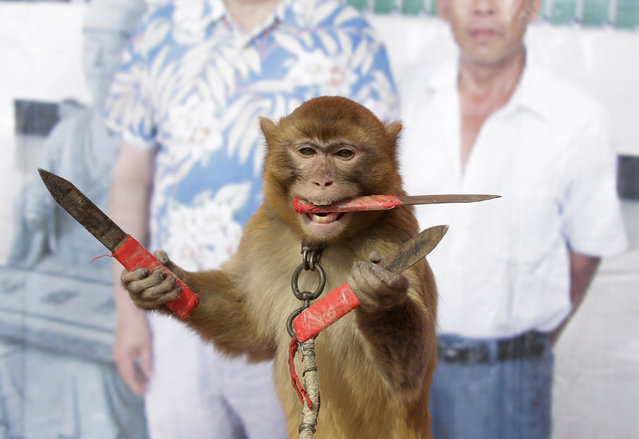
A monkey catches knives as it balances on a board during a daily training session at a monkey farm in Baowan village, Xinye county of China's central Henan province, February 2, 2016. Baowan village of China's central Henan province appears to be your average farming community from the surface, but at a closer look, one can hear monkey hoots from every direction. Although no official number exists, villagers say that they have been a breeding ground for both monkeys and monkey trainers for centuries. (Photo by Jason Lee/Reuters)
04 Feb 2016 11:35:00,post received
0 comments
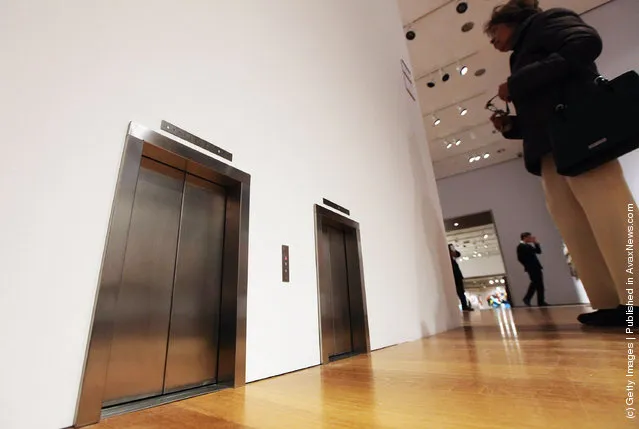
A person stands near the “Untitled” installation of miniature elevators by Maurizio Cattelan at a preview of the Postwar and Contemporary Art Evening Sale at Christie's auction house on November 4, 2011 in New York City. The 33-inch functioning elevator installation is expected to realize $400,000-$600,000 at the November 8 auction. (Photo by Mario Tama/Getty Images)
05 Nov 2011 12:39:00,post received
0 comments
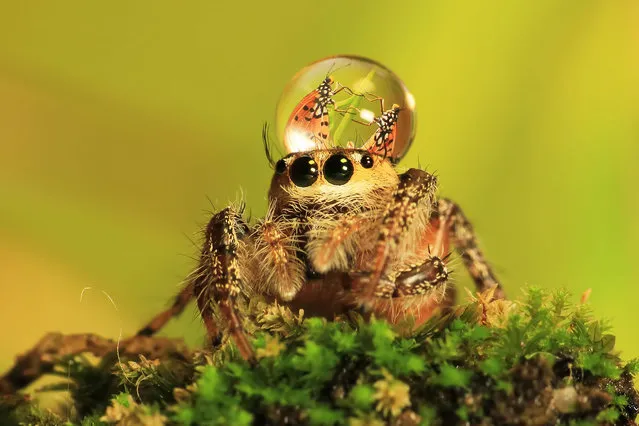
The amazing images, which show the balls of water reflecting an array of colours and even other insects, were snapped by photographer Uda Dennie in his garden. One of the massive droplets even stayed in shape for about a minute before the spider scurried off. Dennie, 33, from Batam Island, Indonesia, said: “I was really surprised to get such amazing pictures – it was really wonderful. I have a real passion for macro photography and after lots of trial and error I'm now able to produce good images – perseverance really paid off”. (Photo by Uda Dennie)
28 Jul 2013 10:01:00,post received
0 comments
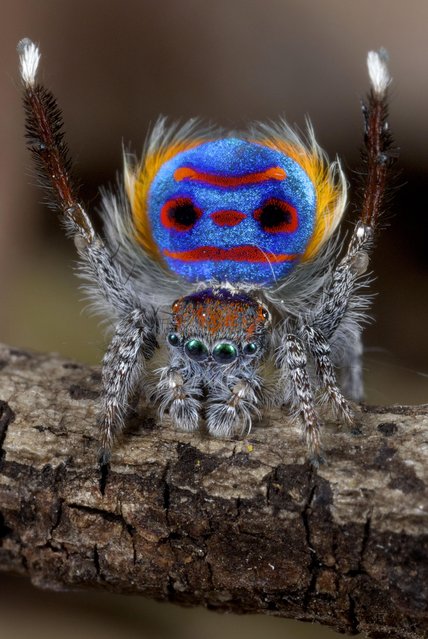
Maratus is a spider genus of the Salticidae family (jumping spiders). These spiders are commonly referred to as peacock spiders due to their colorful abdominal flaps that they display during courtship. In at least one species, Maratus vespertilio, the expansion of the flaps also occurs during ritualised contests between males. All described species, except M. furvus, are endemic to Australia. (Photo by Jurgen Otto)
27 Feb 2014 12:20:00,post received
0 comments

